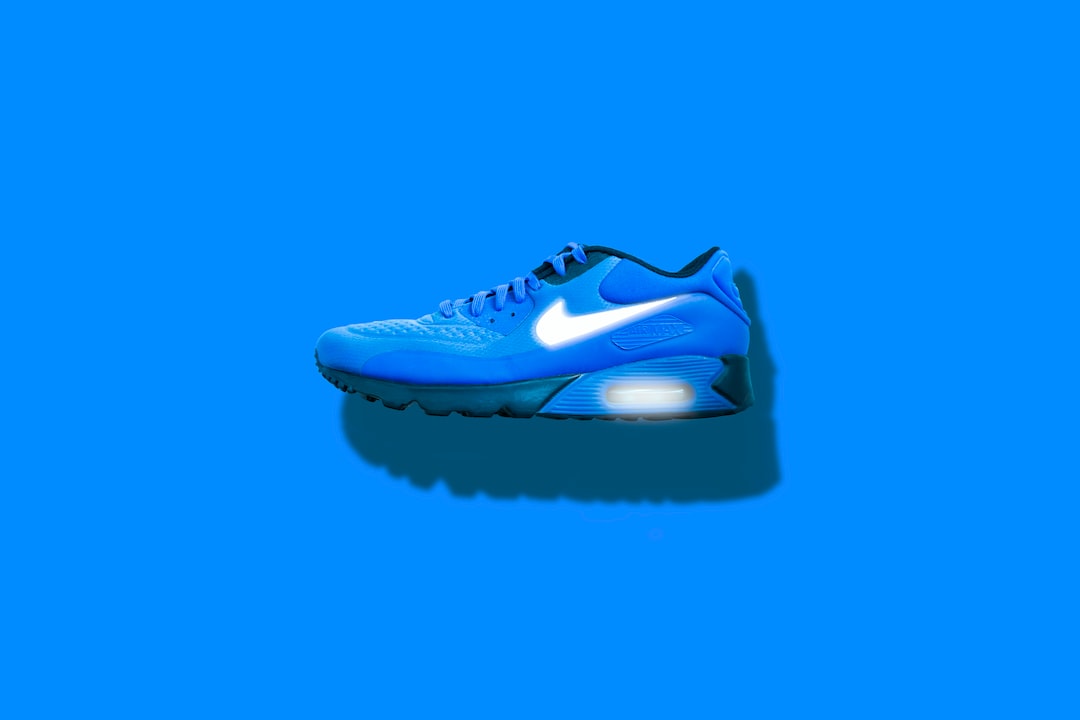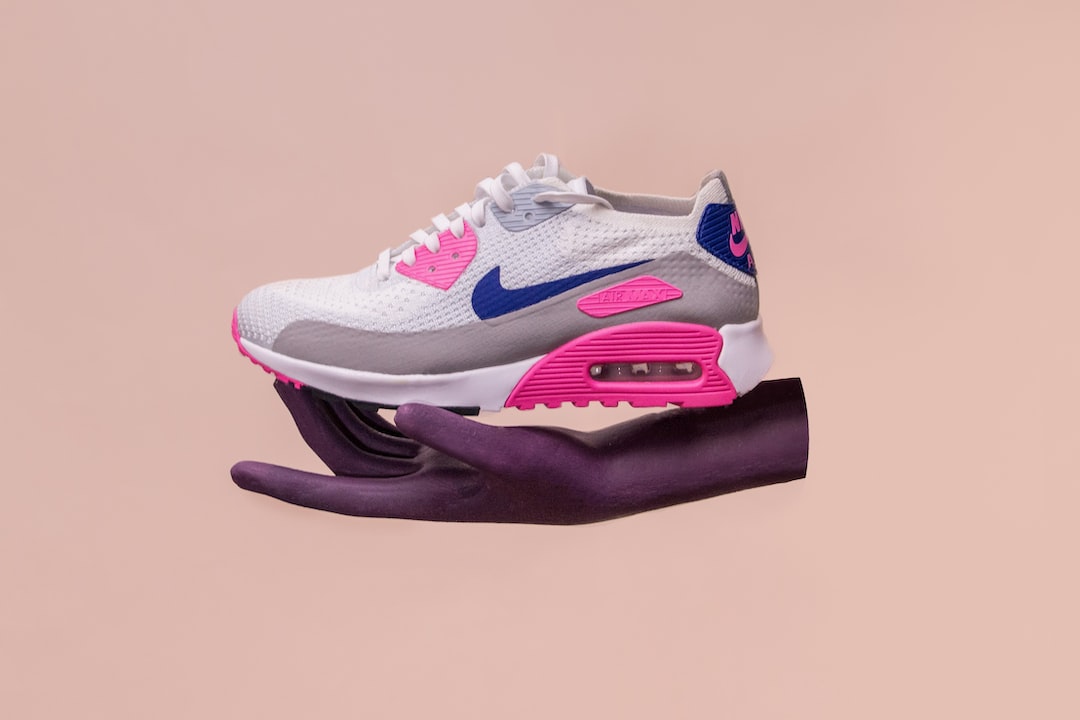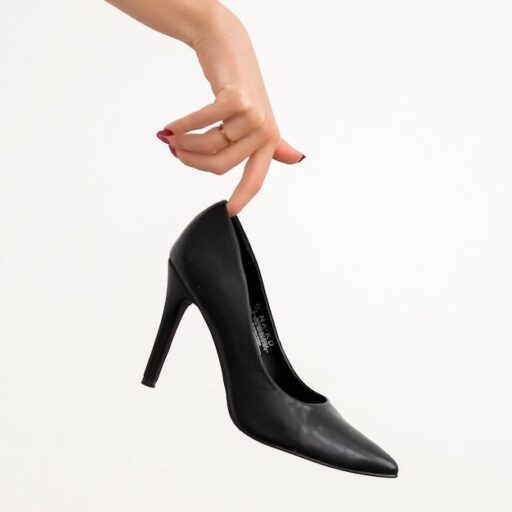Support our educational content for free when you purchase through links on our site. Learn more
What Was the Most Popular Shoe Brand? [2024]
Have you ever wondered what the most popular shoe brand is? Well, you’re in luck because we’ve done the research and we’re here to give you the inside scoop. In this article, we’ll dive deep into the world of shoe brands and reveal the top contenders for the title of the most popular shoe brand. So, sit back, relax, and let’s get started!
Table of Contents
- Quick Answer
- Quick Tips and Facts
- Background: The Evolution of Shoe Brands
- 1. Nike: The Undisputed Champion
- 2. Adidas: A Close Second
- 3. New Balance: The Rising Star
- 4. Skechers: Comfort Meets Style
- 5. Converse: A Classic Choice
- 6. Puma: Sporty and Stylish
- 7. Vans: The Skater’s Delight
- 8. Reebok: Fitness and Fashion
- 9. Under Armour: Performance and Innovation
- 10. ASICS: Running in Style
- FAQ
- Conclusion
- Recommended Links
- Reference Links
Quick Answer
If we had to crown one shoe brand as the most popular, it would undoubtedly be Nike. With its iconic swoosh logo and a wide range of stylish and performance-driven footwear, Nike has captured the hearts (and feet) of millions around the world. But don’t worry, we won’t stop there. We’ll also explore other popular shoe brands that give Nike a run for its money.
CHECK PRICE on: Nike | Adidas | New Balance | Skechers | Converse | Puma | Vans | Reebok | Under Armour | ASICS
Quick Tips and Facts
Before we dive into the details, here are some quick tips and facts about shoe brands:
- Nike is the most popular sneaker brand in the United States, followed by Adidas and New Balance.
- Nike leads in all measured brand KPIs, making it the undisputed champion.
- Adidas has a high brand awareness, with 94% of U.S. consumers knowing the brand by name.
- Nike has the highest usage share at 53% among U.S. consumers.
- The survey was conducted in November 2023, with 1,247 respondents aged 18 to 64 years.
Now that we have the basics covered, let’s take a trip down memory lane and explore the evolution of shoe brands.
Background: The Evolution of Shoe Brands

Shoes have been an essential part of human civilization for centuries. From simple leather sandals to high-tech athletic sneakers, shoe brands have come a long way in terms of design, technology, and popularity. Over time, certain brands have emerged as leaders in the industry, capturing the attention of consumers worldwide.
In the following sections, we’ll take a closer look at the top shoe brands and what sets them apart from the competition.
1. Nike: The Undisputed Champion
When it comes to shoe brands, Nike is in a league of its own. Founded in 1964 by Bill Bowerman and Phil Knight, Nike has revolutionized the athletic footwear industry with its innovative designs and cutting-edge technology. From the iconic Air Jordan line to the performance-driven Nike Running shoes, the brand has a wide range of offerings for athletes and sneaker enthusiasts alike.
Nike’s success can be attributed to its relentless focus on performance, style, and marketing. The brand has collaborated with top athletes, celebrities, and designers to create limited-edition sneakers that generate hype and demand. Nike’s marketing campaigns, such as the “Just Do It” slogan, have become iconic and resonate with consumers of all ages.
Despite facing stiff competition, Nike continues to dominate the sneaker market with its strong brand presence, innovative designs, and a loyal fan base. Whether you’re a professional athlete or a casual sneakerhead, Nike has something for everyone.
2. Adidas: A Close Second
While Nike may be the king of the sneaker world, Adidas is not far behind. Founded in 1949 by Adolf Dassler, Adidas has established itself as a global leader in athletic footwear and apparel. The brand is known for its iconic three-stripe logo and a wide range of stylish and performance-driven products.
Adidas has a strong brand awareness, with 94% of U.S. consumers recognizing the brand by name. The brand’s popularity can be attributed to its collaborations with celebrities and designers, such as Kanye West and Pharrell Williams. These partnerships have resulted in highly sought-after sneakers that sell out within minutes of release.
In addition to its lifestyle offerings, Adidas is also known for its performance-driven footwear. The brand has a strong presence in sports such as soccer, basketball, and running, with athletes around the world endorsing Adidas products.
3. New Balance: The Rising Star
While Nike and Adidas may dominate the sneaker market, New Balance has been quietly making a name for itself. Founded in 1906, New Balance initially focused on arch supports and orthopedic shoes. However, the brand gained popularity in the 1970s when it introduced its first running shoe.
What sets New Balance apart from its competitors is its commitment to quality and comfort. The brand is known for its wide range of sizes and widths, catering to individuals with different foot shapes and needs. New Balance sneakers are often praised for their cushioning, stability, and durability, making them a popular choice among runners and athletes.
In recent years, New Balance has also embraced collaborations with designers and celebrities, adding a touch of style to its performance-driven footwear. With its growing popularity and commitment to quality, New Balance is definitely a brand to watch out for.
4. Skechers: Comfort Meets Style
When it comes to comfortable footwear, Skechers is a brand that stands out. Founded in 1992, Skechers has gained a loyal following for its casual and athletic shoes that prioritize comfort without compromising on style. The brand offers a wide range of options, from memory foam sneakers to slip-on shoes, catering to individuals of all ages.
Skechers has also made a name for itself in the athletic footwear market. The brand sponsors professional athletes and teams, showcasing its commitment to performance and innovation. Whether you’re looking for a comfortable everyday shoe or a sneaker for your workouts, Skechers has you covered.
5. Converse: A Classic Choice
When it comes to timeless sneakers, Converse is a brand that needs no introduction. Founded in 1908, Converse is known for its iconic Chuck Taylor All Star sneakers, which have become a staple in pop culture. These canvas sneakers, with their distinctive rubber toe cap and star logo, have been worn by musicians, artists, and athletes for decades.
Converse sneakers are loved for their versatility and timeless appeal. They can be dressed up or down, making them a go-to choice for individuals looking for a classic and stylish shoe. Whether you’re a fan of the high-top or low-top style, Converse has a wide range of options to suit your preferences.
6. Puma: Sporty and Stylish
Puma is a brand that seamlessly blends sport and style. Founded in 1948, Puma has established itself as a leading athletic footwear and apparel brand. The brand is known for its sleek and innovative designs that cater to athletes and fashion-conscious individuals alike.
Puma has collaborated with top athletes and celebrities, such as Usain Bolt and Rihanna, to create limited-edition sneakers that combine performance and style. The brand’s products are often praised for their comfort, durability, and attention to detail.
Whether you’re hitting the gym or stepping out for a casual outing, Puma has a wide range of options to suit your needs. From running shoes to lifestyle sneakers, Puma offers something for everyone.
7. Vans: The Skater’s Delight
If you’re a fan of skateboarding or streetwear, then Vans is a brand that needs no introduction. Founded in 1966, Vans has become synonymous with skate culture and is loved for its durable and stylish sneakers. The brand’s iconic checkerboard pattern and classic silhouettes have made it a favorite among skaters and fashion enthusiasts alike.
Vans sneakers are known for their grippy soles, cushioning, and durability, making them ideal for skateboarding and other action sports. However, the brand’s appeal extends beyond the skatepark, with its versatile designs and collaborations with artists and designers.
Whether you’re a skater or simply looking for a stylish and comfortable shoe, Vans has a wide range of options to choose from.
8. Reebok: Fitness and Fashion
Reebok is a brand that seamlessly combines fitness and fashion. Founded in 1958, Reebok has been a pioneer in the athletic footwear industry, introducing innovative designs and technologies. The brand is known for its performance-driven sneakers that cater to athletes and fitness enthusiasts.
Reebok has a strong presence in sports such as CrossFit, running, and training. The brand sponsors professional athletes and teams, showcasing its commitment to performance and innovation. In recent years, Reebok has also embraced collaborations with designers and celebrities, adding a touch of style to its performance-driven footwear.
Whether you’re hitting the gym or stepping out for a casual outing, Reebok has a wide range of options to suit your needs.
9. Under Armour: Performance and Innovation
When it comes to performance-driven footwear, Under Armour is a brand that stands out. Founded in 1996, Under Armour has become a leading athletic apparel and footwear brand, known for its innovative designs and technologies. The brand’s products are designed to enhance performance and provide athletes with the tools they need to excel.
Under Armour sneakers are praised for their comfort, support, and durability, making them a popular choice among athletes and fitness enthusiasts. The brand’s commitment to innovation is evident in its collaborations with top athletes and the integration of cutting-edge technologies in its products.
Whether you’re a professional athlete or a fitness enthusiast, Under Armour has a wide range of options to help you reach your goals.
10. ASICS: Running in Style
If you’re a passionate runner, then ASICS is a brand that you’re likely familiar with. Founded in 1949, ASICS has become a leading running shoe brand, known for its commitment to performance and innovation. The brand’s products are designed to provide runners with the support, cushioning, and stability they need to perform at their best.
ASICS sneakers are praised for their comfort, durability, and attention to detail. The brand’s Gel cushioning technology, in particular, has become a hallmark of its running shoes, providing runners with a responsive and cushioned ride.
Whether you’re a seasoned marathoner or a casual jogger, ASICS has a wide range of options to suit your running needs.
FAQ

What is the #1 shoe brand?
The #1 shoe brand is Nike. With its innovative designs, cutting-edge technology, and strong brand presence, Nike has captured the hearts of millions around the world.
Read more about “What is the Oldest Popular Shoe Brand? …”
What is the most popular shoe brand of all time?
The most popular shoe brand of all time is Nike. The brand’s iconic designs, marketing campaigns, and collaborations have made it a global leader in the sneaker industry.
Read more about “… The Oldest Shoe Company in America: A Deep Dive into American Footwear History”
What is the #1 selling shoe in the world?
The #1 selling shoe in the world is the Nike Air Jordan. This iconic sneaker, endorsed by basketball legend Michael Jordan, has become a cultural phenomenon and a must-have for sneaker enthusiasts.
Read more about “… What is the Most Popular Shoe in the World?”
What is the most sold shoe brand in the US?
The most sold shoe brand in the US is Nike. The brand’s strong brand presence, innovative designs, and wide range of offerings have made it a favorite among American consumers.
Conclusion

In conclusion, when it comes to the most popular shoe brand, Nike takes the crown. With its innovative designs, cutting-edge technology, and strong brand presence, Nike has captured the hearts of millions around the world. However, other brands like Adidas, New Balance, Skechers, and Converse are also popular choices among consumers.
If you’re in the market for a new pair of shoes, we recommend checking out the offerings from these top shoe brands. Each brand has its own unique style, performance features, and target audience, so you’re sure to find something that suits your needs and preferences.
Remember, the most popular shoe brand may vary depending on personal preferences, trends, and regional differences. It’s always a good idea to try on different brands and styles to find the perfect fit for you.
CHECK PRICE on: Nike | Adidas | New Balance | Skechers | Converse | Puma | Vans | Reebok | Under Armour | ASICS

